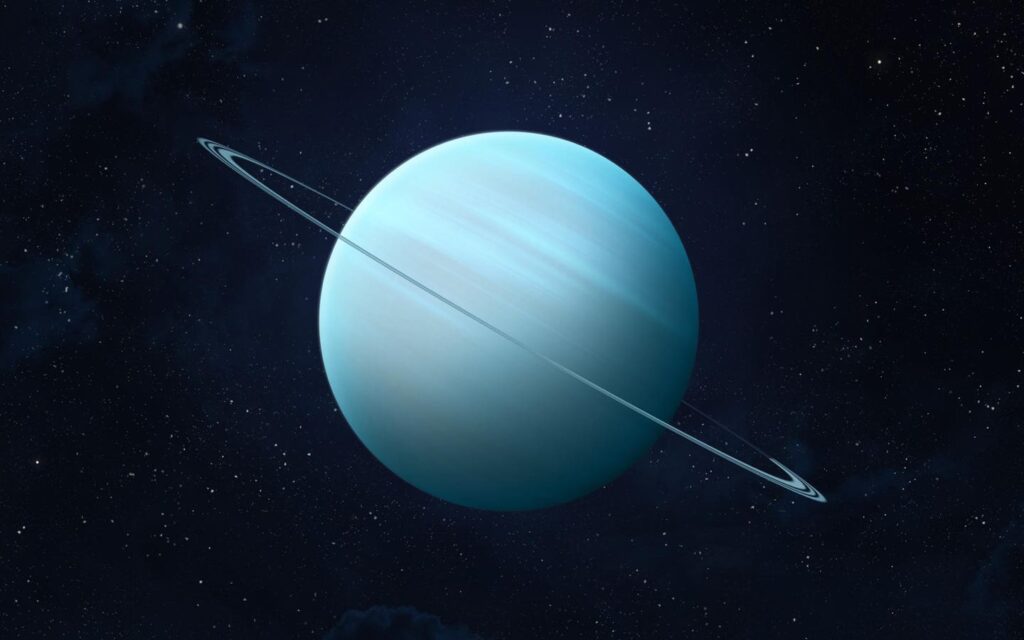If you’ve never seen the seventh planet, Uranus, here comes one of the easiest chances you’ll get.
In the early hours of Monday, July 15, Mars and Uranus will be in conjunction, which is astronomical speak for being very close together in the night sky.
Mars is going to be much brighter than Uranus. At a magnitude of 0.9, Mars will be many times brighter than Uranus, but that’s the point. Find Mars, and if you know where to look, a pair of binoculars will allow you to easily locate Uranus.
Here’s everything you need to know about the rare conjunction of Mars and Uranus:
When Is The Conjunction Of Mars And Uranus?
Mars and Uranus will appear to pass closely in the night sky on Monday, July 15. According to In The Sky, the pair will be visible in the dawn sky, rising at about 2:00 a.m. local time across North America. You’ll have 2.5 hours to see them before dawn breaks at about 4:30 a.m., and the sun rises about an hour later.
Where Is The Conjunction Of Mars And Uranus?
The pair of planets will rise in the northeastern night sky and reach about 28 degrees by dawn. They’ll both be in Taurus, a constellation associated with the evening night sky in winter in the northern hemisphere. You’ll see Mars shining brightly above Jupiter. At a magnitude of just 5.8, Uranus will be much more difficult than Mars despite being just 32 arcminutes (about the moon’s width) from the red planet. However, there is a way to easily see it.
How To See The Conjunction Of Mars And Uranus
You’ll need an east-facing window or viewpoint and a pair of binoculars. No magnification is necessary for Mars—it will be very easy to see with the naked eye—but it will likely be needed for Uranus. Point your binoculars at Mars, then look to the immediate upper left of the red planet for Uranus, which will appear blue-ish.
Once you’ve seen Uranus, look to the left,, and you’ll see the Pleiades, the closest open cluster of stars to the solar system and one of the most beautiful sights in the night sky.
What To Know About Uranus
On its 84 Earth-years orbit of the sun, the blue-green planet Uranus—the third-largest planet in our solar system—is about 1.8 billion miles (2.9 billion kilometers) from the sun. That’s about 19 times the Earth-sun distance. It’s so far away that the light you see reflected from Uranus takes around three hours to cross the solar system to reach your eyes.
Uranus is virtually unexplored. NASA’s Voyager 2 probe flew close to Uranus on January 24, 1986. It gave us our only close-up images of Uranus and discovered 10 new moons. Uranus has 27 moons, five of which may host underground oceans.
There is a proposal with NASA to send a Uranus orbiter on a flagship mission, though it would need to launch by 2034 to take advantage of a “gravity assist” from Jupiter. It would take about 11 years to complete the 1.8 billion-mile journey to Uranus.
Wishing you clear skies and wide eyes.
Pick up my books Stargazing in 2024, A Stargazing Program For Beginners, and When Is The Next Eclipse?
Read the full article here














